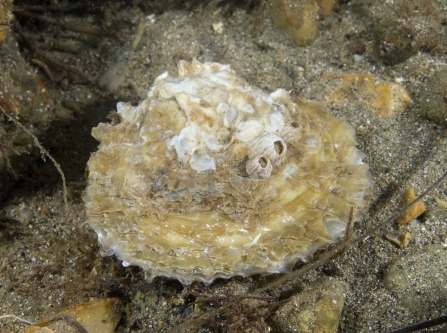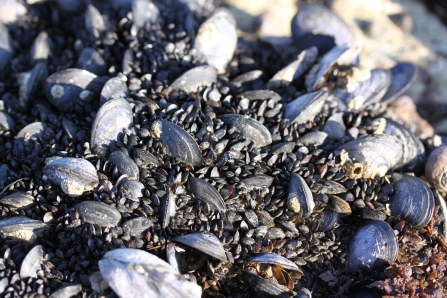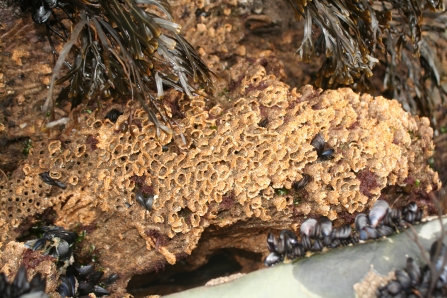As green roofs, bird bricks, and bug hotels become more common, people across the UK are pondering how to share their homes with wildlife. Down in the deep, many species are ahead of the curve by creating, modifying, and maintaining valuable habitats - they're called ecosystem engineers.
By making their environment more varied, ecosystem engineers play an important role in encouraging biodiversity. Our local coasts and seas offer many great examples, such as seagrasses forming underwater meadows and plankton changing water clarity. Some of this marine engineering takes the form of architectural marvels known as biogenic reefs.
Only a few species are reef builders, and as they must gather or produce their materials the construction process is slow. The results are worth the wait though: biogenic reefs can reduce coastal erosion by dissipating wave energy and even improve water quality by increasing the number of filter feeders.
These impressive structures are full of nooks and crannies, making them an ideal home for animals like crabs, shrimp, and periwinkles. Being solid and static, they also offer a great anchor for barnacles, sea mats, and seaweeds. A study of one biogenic reef in the Wash (a bay in East Anglia) found a whopping 88 species living there! Let's take a look at some reef-building superstars here in our local waters.




